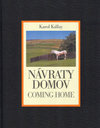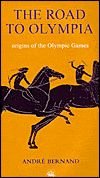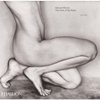
-
 Anglický jazyk
Anglický jazyk
Edward Weston: Form of the Nude
Autor: Phaidon
Born in Illinois in 1886, Edward Weston opened a studio in California in 1911 where he achieved success as a commercial photographer, making portraits in the popular soft-focus, pictorialist style of the time. By the early 1920s,... Viac o knihe
1 kus skladom v predajni Posielame obratom
59.00 €
bežná cena: 65.56 €
O knihe
Born in Illinois in 1886, Edward Weston opened a studio in California in 1911 where he achieved success as a commercial photographer, making portraits in the popular soft-focus, pictorialist style of the time. By the early 1920s, Weston had become dissatisfied with these `false`, retouched and manipulated images, and after meeting Alfred Stieglitz, Paul Strand and Charles Sheeler in 1922, began to adopt a more straightforward, realistic style of photography. In 1922 Weston took photographs of the Armco Steelworks in Ohio and his break with pictorialism is evident in the simplicity and clarity of his sharply focused image of a row of smokestacks. The following year, Weston moved to Mexico where he continued to experiment with `straight photography` in a series of nude studies of Tina Modotti, his lover and collaborator over the next few years. Modotti introduced him to the artists Diego Rivera and Jose Clemente Orozco who influenced Weston to develop his modernist style. In the later 1920s and 30s Weston worked on his well-known series of close-up still lifes which included abstract, formally precise images of shells, peppers and artichokes and other natural forms. Photographing on a large format camera with exposures of up to four hours and with only natural light, Weston`s preoccupation with form and pattern is also evident in his nude studies (particularly of his second wife Charis Wilson) and in his landscapes. In 1937, Weston embarked on a period of sustained work on the American West enabled by the award of a Guggenheim grant - the first ever awarded to a photographer. Weston continued to concentrate on broad, dramatic landscapes towards the end of his life and took his last photographs at Point Lobos in 1948, two years after developing Parkinson`s Disease. Edward Weston died at home on January 1, 1958. The essay by Amy Conger concentrates on the relationship between Edward Weston`s nudes and his work in other genres (particularly the still-life). Throughout the book, the juxtaposition of Weston`s still-lifes and landscapes with his various nude studies highlights the continuities which are evident in Weston`s photography - regardless of the subject matter - and which Conger attributes to Weston`s overwhelming interest in form. This new approach to Weston`s work, illustrated with many beautiful and striking images, makes this book not only an introduction to Weston`s photography, but also of interest to the specialist.
- Vydavateľstvo: PHAIDON PRESS
- Rok vydania: 2005
- Jazyk: Anglický jazyk
- ISBN: 9780714845739
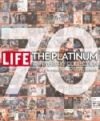
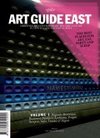
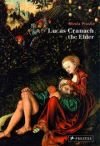
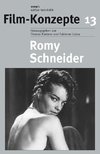

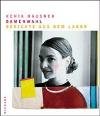
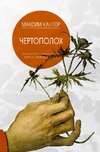
 Ruský jazyk
Ruský jazyk 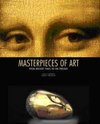
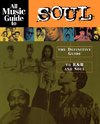
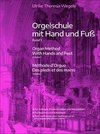
 Nemecký jazyk
Nemecký jazyk 
